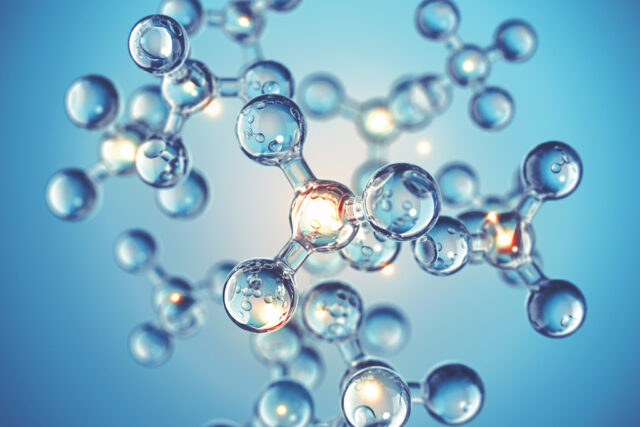
By Tapp Francke Ingolia, MS, CNS
NAD (nicotinamide adenine dinucleotide) has long held the top spot in longevity therapies among wellness warriors. From supplements and intramuscular injections to IV drips and patches, NAD, a form of vitamin B3, plays a pivotal role in cellular energy metabolism. Levels of NAD in our cells naturally decline with age; this is associated with reduced energy, increased oxidative stress and the development of age-related diseases.
While the benefits of maintaining higher NAD levels are well understood, recent discussions have raised a critical question: Are we approaching NAD supplementation all wrong?
NAD itself is a crucial molecule found in every cell, playing an essential role in metabolic processes and the function of sirtuins—enzymes that influence aging. Despite its importance, NAD supplementation poses a significant challenge due to its bioavailability. NAD is a relatively large molecule and is not efficiently absorbed when taken orally. Studies show that ingested NAD often breaks down in the digestive tract before it can reach the bloodstream, let alone penetrate the cells where it is needed most. Even intravenous NAD treatments, though more effective than oral supplements, still face challenges in crossing cell membranes directly.
Due to these bioavailability challenges, scientists and wellness experts are increasingly turning their attention to NAD precursors—compounds that the body can convert into NAD. The most promising of these are NMN (nicotinamide mononucleotide) and NR (nicotinamide riboside).
NMN is a direct precursor to NAD, meaning that once ingested, it is just one biochemical step away from converting to NAD. This smaller molecule is efficiently absorbed and transported into cells. A 2023 randomized, placebo-controlled trial demonstrated that NMN supplementation significantly increased blood NAD levels and improved physical performance in middle-aged adults.
NR is another well-researched precursor that converts to NAD through a different biochemical pathway. Studies have shown that NR supplementation can boost NAD levels, improve mitochondrial function and support healthy aging. A single oral dose of NR has been found to elevate blood NAD levels by up to 2.7 times, making it a viable option for those seeking to increase cellular energy and enhance DNA repair.
One key factor to consider when supplementing with NMN is the enzyme CD38, which naturally breaks down NAD in the body. CD38 activity increases with age, leading to decreased NAD levels. To optimize NAD levels, it is beneficial to pair NMN with CD38 antagonists such as resveratrol or pterostilbene. Both of these polyphenols not only inhibit CD38 but also activate sirtuins, enhancing the antiaging effects of NMN.
Which is better: NMN or NR? While both NMN and NR have shown effectiveness, NMN may have a slight edge in directly boosting NAD production. However, individual biology and lifestyle factors can influence which supplement works best. The key to maximizing benefits is choosing high-quality products and combining NMN with CD38 inhibitors for optimal results.
A nutritional approach can also help support NAD levels. Foods that help boost NAD levels are those rich in vitamin B3 and tryptophan, both of which the body can convert into NAD. Good sources include dairy milk, turkey, avocado, edamame, grass-fed beef, fatty fish like salmon, anchovies and tuna, whole grains, particularly brown rice, and vegetables like tomatoes, broccoli and cucumbers. Additionally, including foods rich in CD38 antagonists like parsley, turmeric, onions, thyme, basil and green tea helps support NAD absorption. Reducing refined sugars also helps maintain healthy NAD levels, as sugar depletes NAD stores.
The bottom line? NMN and NR supplementation may offer a more effective strategy for enhancing NAD levels, potentially supporting healthy aging and cellular function.
NMN supplements and NR IV therapy are available at Hamptons BioMed in Southampton; standwellness.com





